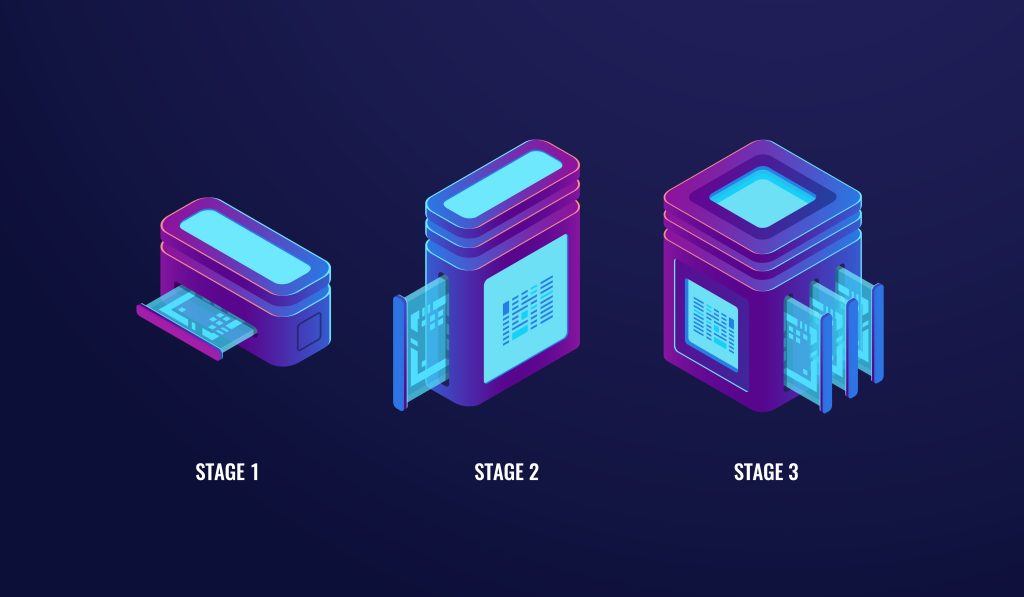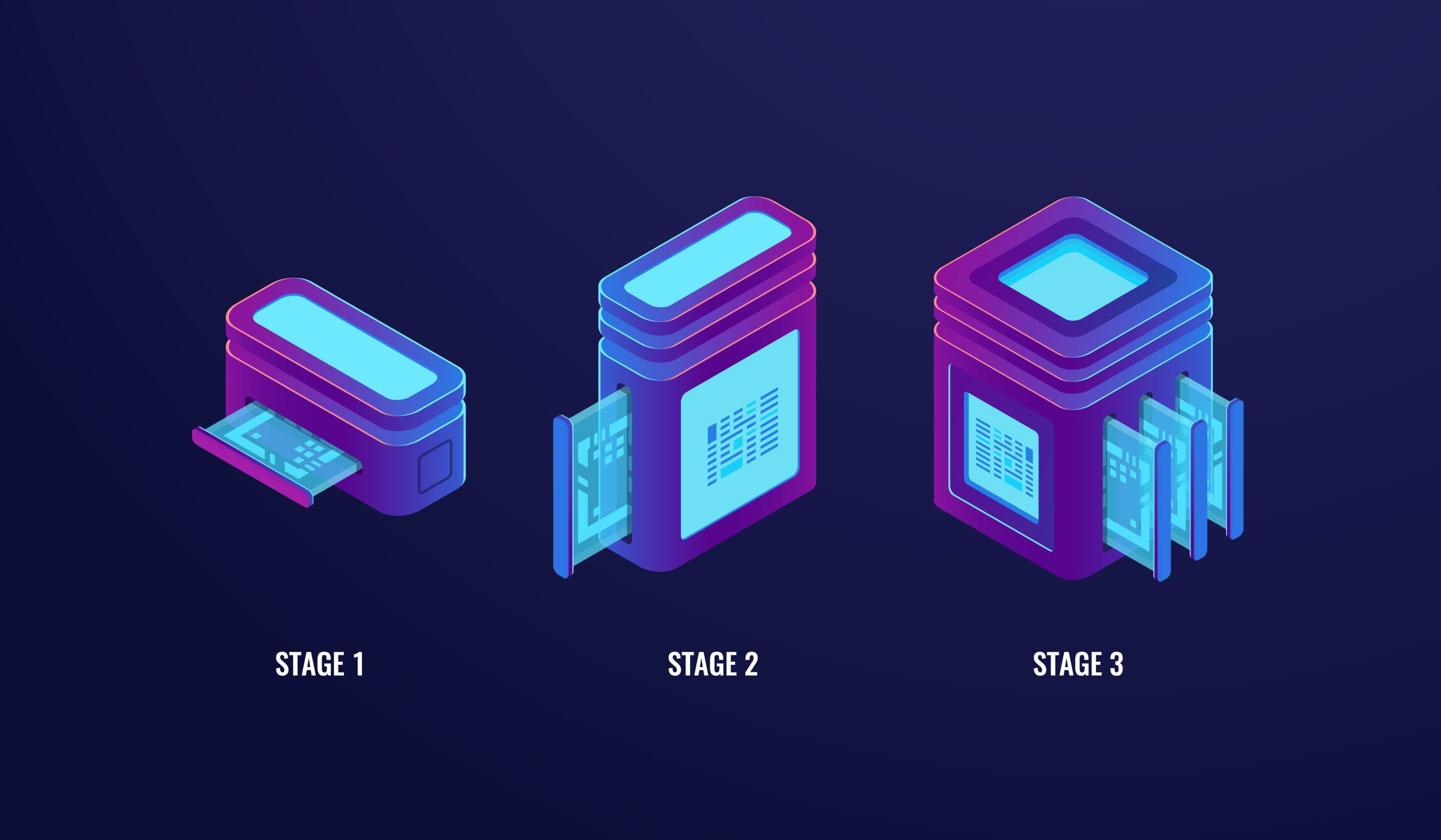
Relational Databases: These databases use tables to store data and relationships between them. Examples include MySQL, PostgreSQL, Oracle Database, and SQL Server.
NoSQL Databases: These databases are designed to handle large volumes of unstructured data. They are often used for big data and real-time web applications. Examples include MongoDB, Cassandra, and Redis.
Object-Oriented Databases: These databases store data in the form of objects, similar to object-oriented programming concepts. Examples include db4o and ObjectDB.
Graph Databases: These databases are designed to store and retrieve data represented as nodes, edges, and properties. They are used for applications that require complex data relationships. Examples include Neo4j and ArangoDB.
Document Databases: These databases store data in the form of documents, typically using JSON or XML formats. They are suitable for storing and retrieving semi-structured data. Examples include MongoDB and CouchDB.
Column-Family Stores: Also known as wide-column stores, these databases store data in columns rather than rows, allowing for efficient retrieval of data subsets. Examples include Apache Cassandra and HBase.
Time-Series Databases: These databases are optimized for storing and retrieving time-stamped data, such as IoT sensor data or financial market data. Examples include InfluxDB and Prometheus.
Each type of database has its strengths and weaknesses, and the choice of database type depends on the specific requirements of the application.
